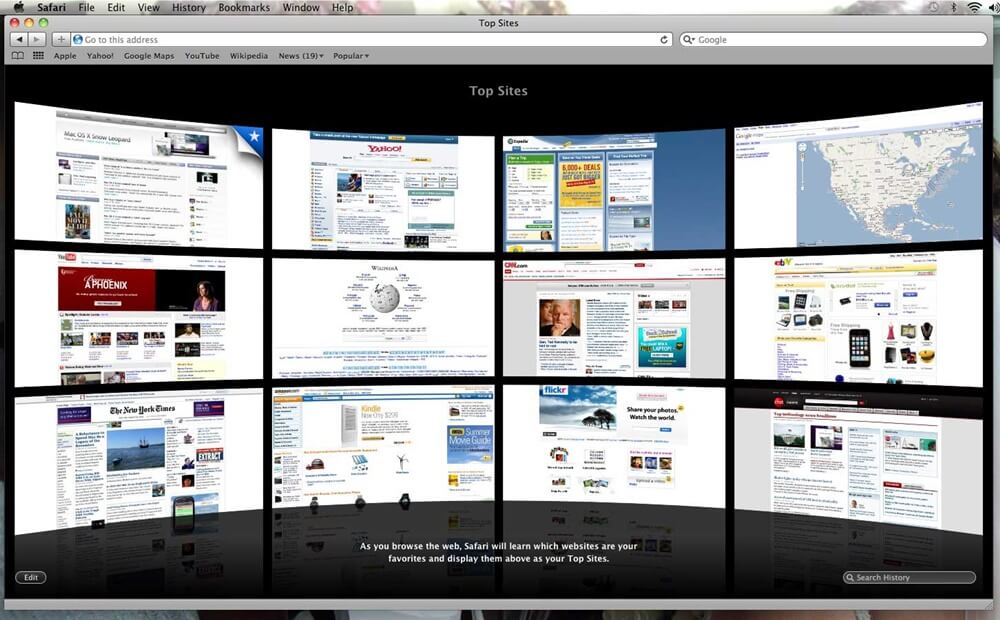
Safari vs firefox streaming videos 2019 how to#
There’s also built-in preferences, similar to Firefox, to adjust or whitelist/blacklist autoplay site-by-site or across the board Apple has a page explaining how to adjust these settings on a Mac. Safari by default blocks audio in autoplay videos. The above should work in both the desktop and the mobile versions of Firefox. Preferences to block or adjust autoplay on a site can be set by clicking on the URL box’s circular-“i” logo and adjust “autoplay sound.” One can also click the gear icon and adjust preferences for Firefox overall, or add a site to a whitelist/blacklist list. By default, Firefox will block any audio in autoplay videos. Firefoxįirefox, as opposed to Chrome, has opted to make blocking autoplaying videos more of a priority. Note the mobile version of Chrome doesn’t support installing plug-ins. One useful plugin is AutoplayStopper, which can block autoplay on various sites, including the few still running Flash. The only built-in option to turn off autoplay in Chrome across the board (as far as I can tell) involves typing “chrome://flags” into the URL box to delve into the advanced settings one can then adjust autoplay preferences under the options labelled “autoplay.” Definitely not user-friendly.įortunately, there are plug-ins that’ll help. This way, Chrome gives you a personalized, predictable browsing experience.

As you browse the web, that list changes as Chrome learns and enables autoplay on sites where you play media with sound during most of your visits, and disables it on sites where you don’t.

If you don’t have browsing history, Chrome allows autoplay for over 1,000 sites where we see that the highest percentage of visitors play media with sound. It’s also designed to automatically determine if autoplay should play or not, depending on the site (such as YouTube) or on usage according to Google’s company blog:Ĭhrome does this by learning your preferences.

Chrome now mutes sound in autoplay videos.


 0 kommentar(er)
0 kommentar(er)
